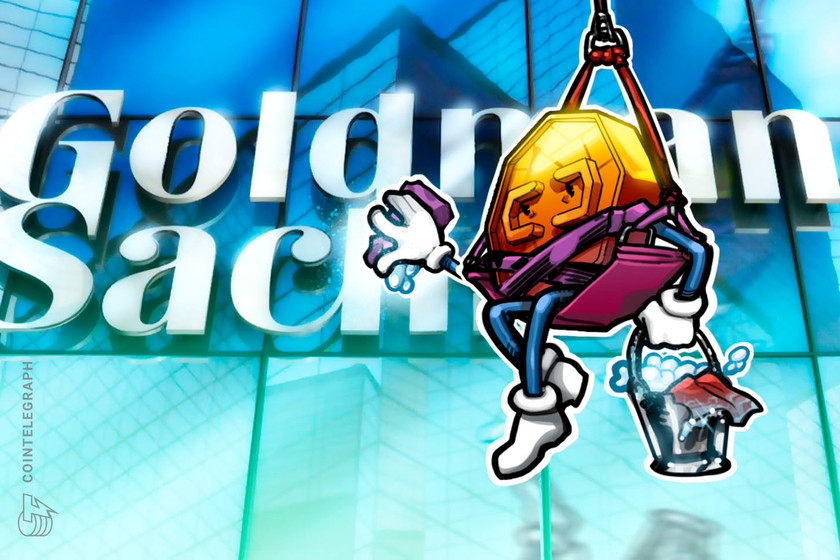3 reasons why Ethereum price is pinned below $2,000


ETH price is meeting strong resistance at the $2,000 level and these trading metrics explain why.
Ether’s (ETH) market structure continues to be bearish despite the failed attempt to break the descending channel resistance at $2,000 on May 31. This three-week-long price formation could mean that an eventual retest of the $1,700 support is underway.


On the non-crypto side, a number of equities-related factors are translating to negative sentiment in the crypto market. This week Microsoft (MSFT) lowered its profit and revenue outlook, citing challenging macroeconomic conditions. The U.S. Federal Reserve signalled in its periodic “Beige Book” that economic activity may have cooled in some parts of the country and the Fed is about to reduce its $9 trillion asset portfolio to combat persistent inflation.
On the bright side, an institutional investor survey published by The Economist magazine showed that 85% of the respondents agreed that open-source cryptocurrencies like Bitcoin (BTC) or Ether (ETH) are useful as diversifiers in portfolio or treasury accounts.
From the macroeconomic perspective, investors are still risk-averse, which could translate to a reduced appetite for cryptocurrencies.
Ethereum still has a mountain to climb
The Ethereum network’s total value locked (TVL), the total amount of assets deposited to the network, has dropped by 5.5% since Ether began its downtrend three weeks ago.


The network’s TVL peaked at 28.7 billion Ether on May 10 and currently stands at 27.1 million. Decentralized finance (DeFi) deposits were deeply impacted by the USD Terra (UST) — now known as TerraUSD Classic (USTC) — stablecoin collapse on May 10. All things considered, the indicator shows a moderate decrease, which is somewhat expected after such an unprecedented event.
To understand how professional traders are positioned, let’s look at Ether’s futures market data. Quarterly futures are whales and arbitrage desks’ preferred instruments due to their lack of a fluctuating funding rate.
These fixed-month contracts usually trade at a 5% to 12% premium to spot markets, indicating that sellers request more money to withhold settlement longer. This situation is also common in traditional assets such as stocks and commodities.


Over the past month, Ether’s futures contracts premium has remained near 3%, which is below the 5% neutral-market threshold. The lack of leverage demand from buyers is evident as the current 2.5% basis indicator remains depressed despite Ether’s 24% negative performance in three weeks.
Fear a global downturn continues to impact crypto prices
Ether’s crash to $1,700 on May 27 drained any leftover bullish sentiment and, more importantly, caused $235 million in leverage long futures contract liquidations. Even though Ether price tested the $2,000 resistance on May 31, there is no evidence of strength from derivatives or DeFi deposits, according to the TVL metric.
As investors’ focus remains on traditional markets and the impacts of global macroeconomic worsening conditions, there is little hope for a sustainable Ether price decoupling to the upside.
The views and opinions expressed here are solely those of the author and do not necessarily reflect the views of Cointelegraph. Every investment and trading move involves risk. You should conduct your own research when making a decision.













